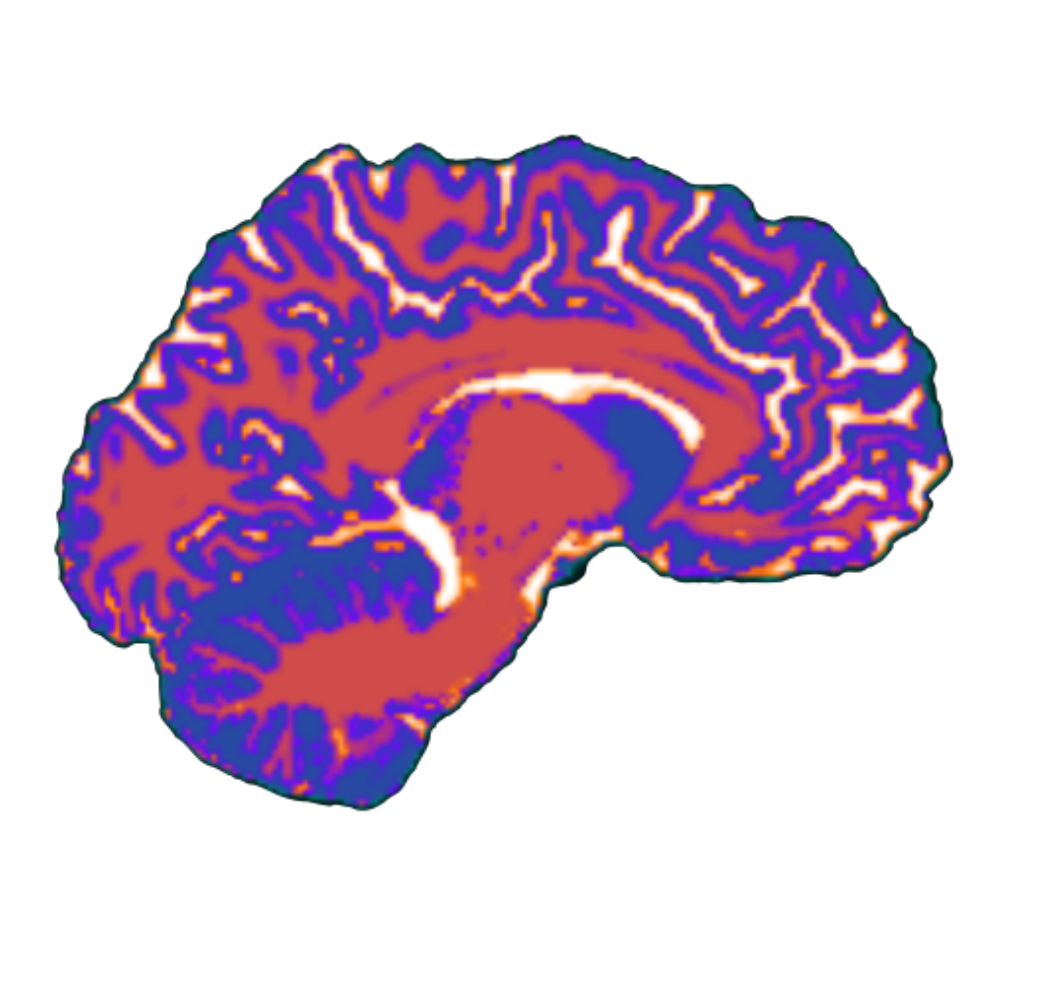Cerebellar development and prematurity
Many of these observations come from the following paper: Spoto et al. 2021
- The human cerebellum develops over a long time, extending from early embryonic period until the first postnatal years. Most of its volume increases during the last trimester of pregnancy, which is considered a critical period for cerebellar development
- Last few months of gestation are the time during which the cerebellar nuclei start to form their major afferents and efferents from/to cerebral cortices and subcortical structures and this development continues during the first years after birth
- Developmental diaschisis idea: cerebellar connections with contralateral cerebral cortices (specifically DLPFC) are well established - an interruption of this circuit between areas of the CNS may determine a diaschisis - a functional impairment of the region linked to the one subject of a structural lesion
- Cerebellar injury in preterms:
- Cerebellar underdevelopment (cerebellar atrophy/hypoplasia)
- Destructive cerebellar lesions (primary and focal injury, hemorrhage or infarction)
- What causes cerebellar underdevelopment in preterm babies?
- Blood products (hemosiderin)
- Perinatal glucocorticoid exposure
- Opioids and pain
- Inadequate nutrition
- Infections
- Inflammations
- Hypoxic-ischemic insults
- Cerebral brain injuries
- socioeconomic status
- What causes destructive cerebellar lesions?
- Cerebellar hemorrhage
- Cerebellar infarction
